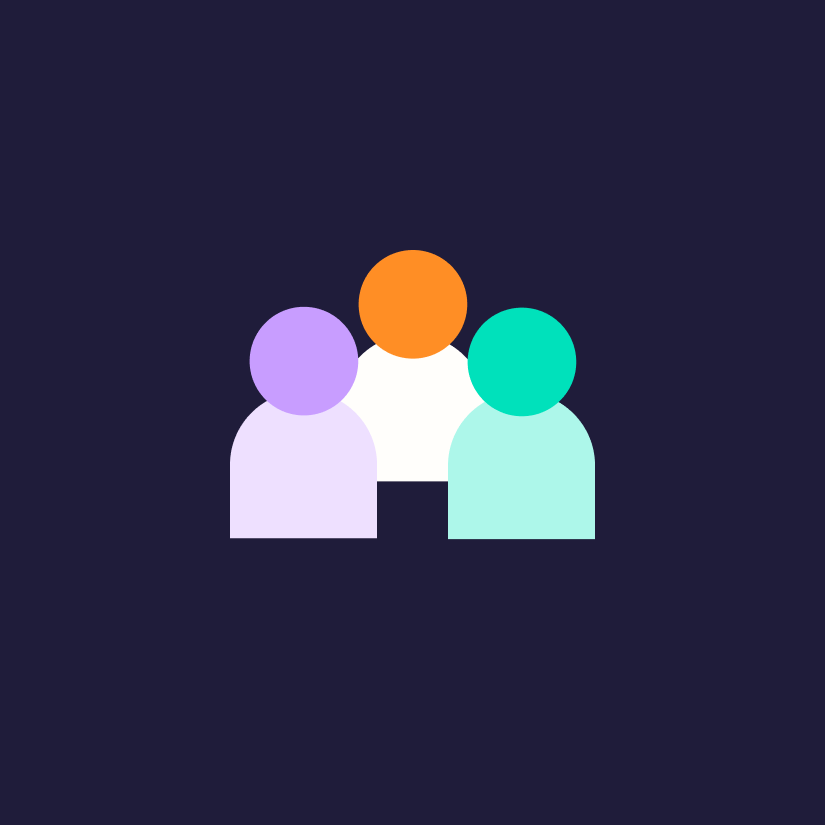5 key insights from our session at ER&L Conference 2023
Back in March we were delighted to present three sessions at ER&L Conference 2023 in Austin, Texas on how libraries can amplify their value on campus. In this blog, we share 5 key insights from our session, Unveiling a new user-centered approach on the delivery of library services: A case study from Bangor University Library.
The session explored Bangor University library’s vision and plan to increase student engagement with resource lists and embedding EzProxy into research workflows to support researcher impact. The talk was chaired by Jessica Clemons (Director of Sales, Technology from Sage), with speakers Anna Jones, MLIS (Senior Program Manager, Community Relations, OCLC) and Alan Thomas (Teaching and Learning Support Manager, Bangor University library).
You can watch the full session recording below or read on to get a summary of 5 key insights from how one library used digital services at multiple points of the patron workflow to increase library impact and engagement of library-subscribed resources.
1. 63% of patrons use Google to find resources compared to 35% using library websites
Most students do not begin their search for resources on the library website. Our new report titled Librarian Futures report Part II: The Knowledge Gap between Librarians and Students found that 63% of patrons use Google to find resources compared to 35% using library websites. You can download the report here.
2. Reading lists can be embedded in the discovery workflow
With the OCLC Worldshare Management Services (WMS) and Talis Aspire integration, students can more easily find resources that have been listed by their professors and faculty as they can be embedded in the discovery workflow. This also means that cataloguing workflows are integrated with the reading lists. It’s all supported by OCLC WorldCat data and makes it easier for library staff, too!

3. The library is everywhere. Bangor University library want to make their library highly accessible whether it’s for staff or students
Wherever patrons are in the world, accessing the library anytime, anywhere, any place is one of Bangor University library’s key strategies. Patrons being able to easily access reading materials and resources that the library purchases or leases is vital.
4. 70% of Bangor University library’s collections are online. How can these e-resources be delivered directly to patrons?
Both staff and students go to Google or Google Scholar first rather than the library website or discovery, so Bangor University library must ensure their material is findable through this route. Bangor University library use Lean Library to take care of EZproxy and authentications and route patrons straight through to accessing library materials, even when they begin their search outside of the library on the open web.
5. Students know which resources they should be engaging with via reading lists which fully integrate with library ecosystems.
Bangor University library have integrated Talis Aspire’s resource list management software with their Blackboard Virtual Learning Environment (VLE) so that students are aware of which resources they should be prioritising. Students expect to be told what they have access to, so the reading lists present vetted and suitable material. If a professor is teaching statistics in psychology, the resource would also be available to students of biochemistry, therefore it would cross departments. Usage figures for the resources would go up and the cost per student would go down.




